Baby Skin Care Slideshow: Simple Tips to Keep Baby's Skin Healthy

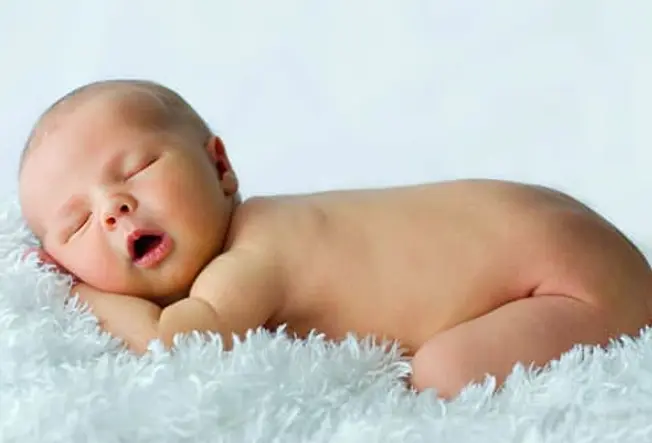
Expect Bumps, Spots, and Rashes
There's nothing quite like the soft, delicate skin of a baby. And nothing like a cranky infant irritated by diaper rash, cradle cap, or another skin condition. While your baby is perfect, their skin may not be. Many babies are prone to skin irritation in their first few months. Here's what you can do about it.

Newborns Are Prone to Rashes
Most baby rashes cause no harm and go away on their own. While caring for your baby's skin may seem complex, you really need to know just three simple things:
- Which conditions can you treat at home?
- Which need medical treatment?
- How can you keep skin problems from happening?
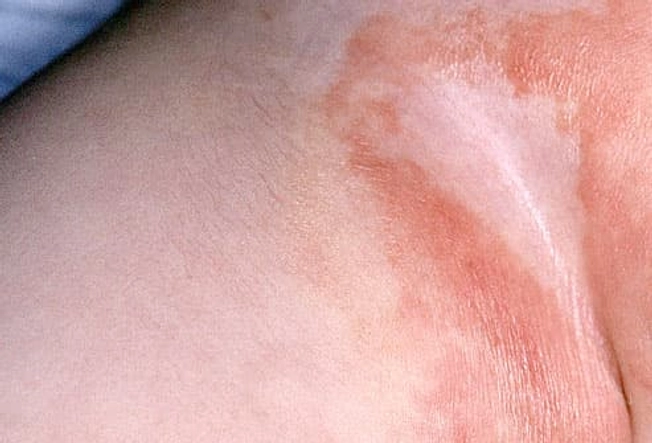
Avoid Diaper Rash
If your baby has red skin around the diaper area, you're dealing with diaper rash. Most happen because of skin irritation due to:
- Diapers that are too tight
- Wet diapers left on for too long
- A particular brand of detergent, diapers, or baby wipes
You can avoid diaper rash if you:
- Keep the diaper area open to the air as long as possible
- Change your baby's diaper as soon as it's wet
If some crops up, wash it with a warm cloth, and put zinc oxide cream on it.
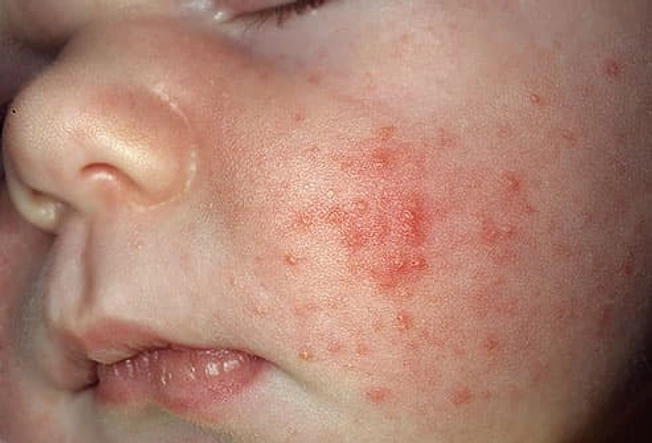
What to Do With Pimples & Whiteheads
Baby "acne" is not really acne like the kind teenagers get. Research suggests it may be related to yeast, not oil. Pimples on a baby's nose and cheeks usually clear up by themselves in a few weeks. So you don't need to treat baby acne or use lotion.

Birthmarks
Lots of babies have these -- more than 1 in 10. Birthmarks, areas of skin discoloration, are not inherited. They may be there when your baby is born, or they might show up a few months later. Generally birthmarks are nothing to worry about and need no treatment. But if your baby's birthmark worries you, talk to your pediatrician.

Eczema
It's an itchy, red rash that may happen in response to a trigger. The condition is common in children who have a family history of asthma, allergies, or atopic dermatitis. Eczema may appear on your baby's face as a weepy rash. Over time, it becomes thick, dry, and scaly. You may also see it on the elbows, chest, arms, or behind the knees. To treat it, identify and avoid any triggers. Use gentle soaps and detergents, and apply moderate amounts of moisturizers. More severe eczema should be treated with prescription medicine.
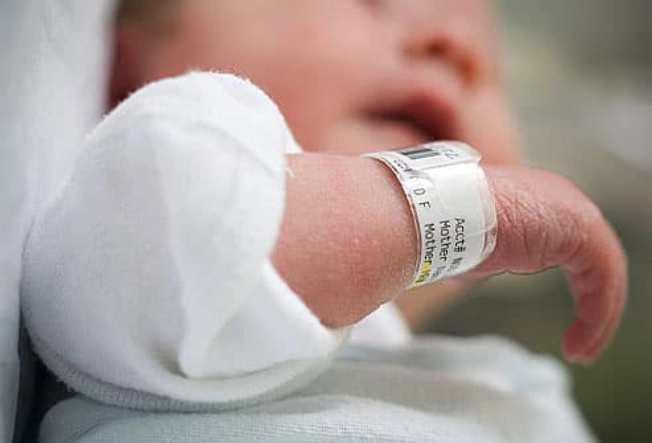
Dry Skin
You probably shouldn't worry if your newborn has peeling, dry skin -- it often happens if your baby is born a little late. The underlying skin is perfectly healthy, soft, and moist. If your infant's dry skin doesn't go away, talk to your baby's pediatrician.
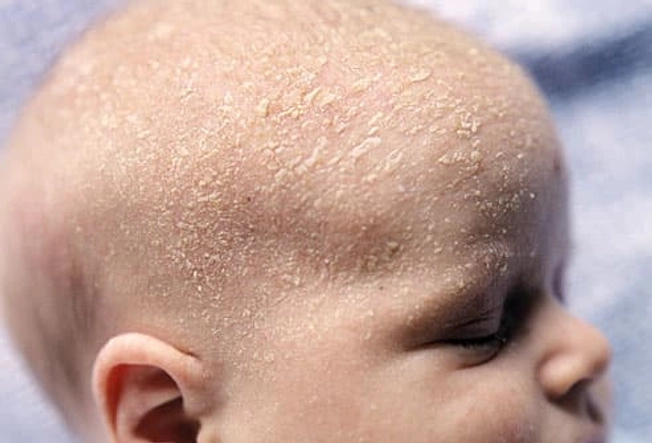
Excess Oil Causes Cradle Cap
Cradle cap can show up during a baby's first or second month. It usually clears up within the first year. Also called seborrheic dermatitis, it's caused in part by too much oil. It shows up as a scaly, waxy, red rash on the scalp, eyebrows, eyelids, the sides of the nose, or behind the ears. Your pediatrician will recommend the best treatment for your child. That may include a special shampoo, baby oil, or certain creams and lotions.
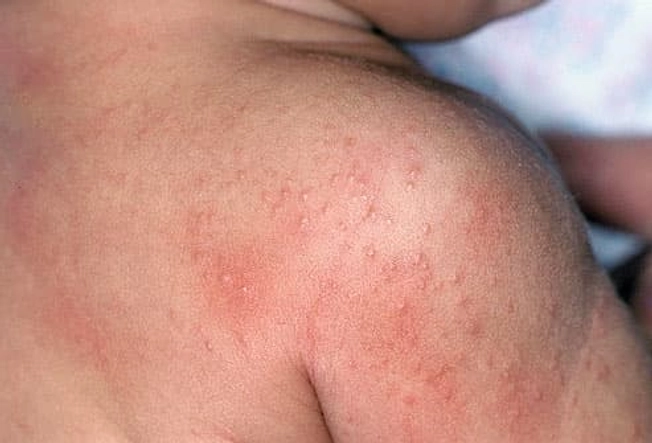
Prickly Heat Causes Irritated Skin
Showing up as small pinkish-red bumps, prickly heat usually appears on the parts of your baby's body that are prone to sweating, like them:
- Neck
- Diaper area
- Armpits
- Skin folds
A cool, dry environment and loose-fitting clothes are all you need to treat it. Keep in mind that prickly heat can even be brought on in winter when your baby is over-bundled. Try dressing them in layers that you can remove when things heat up.
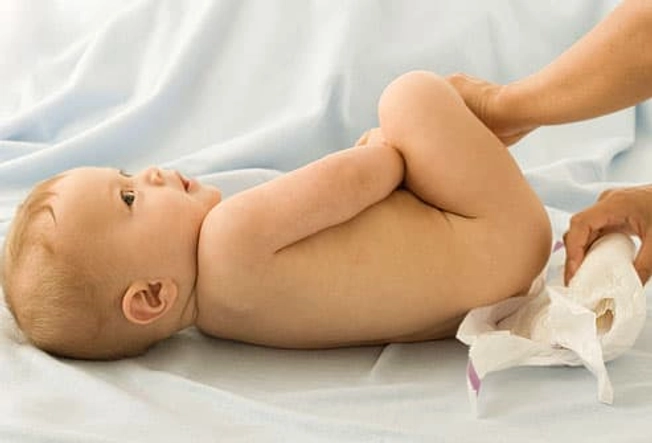
Infant Skin Doesn't Need Powdering
Babies can inhale the very fine grains of talcum powder or the larger particles of cornstarch. That could cause lung problems. So it's best to avoid using them on your infant.
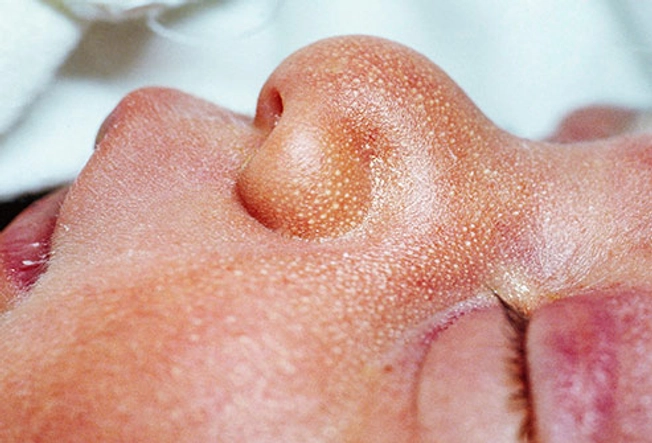
White Bumps (Milia)
Milia are tiny, hard white bumps that appear on your skin. They often occur on infant and adult faces but can appear on any body part. They are painless and harmless. They can disappear in infants but often need surgical or medical treatment in older patients.
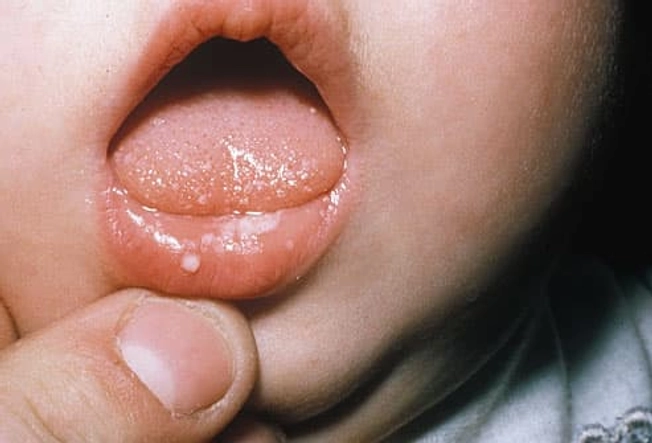
Baby Yeast Infections
These often appear after your baby has had a round of antibiotics. They show up differently depending on where they are on your baby's skin. Thrush appears on the tongue and mouth and looks like dried milk. A yeast diaper rash is bright red, often with small red pimples at the edges or the rash. Talk to your pediatrician: Thrush is treated with an anti-yeast liquid medicine. An antifungal cream is used for a yeast diaper rash.
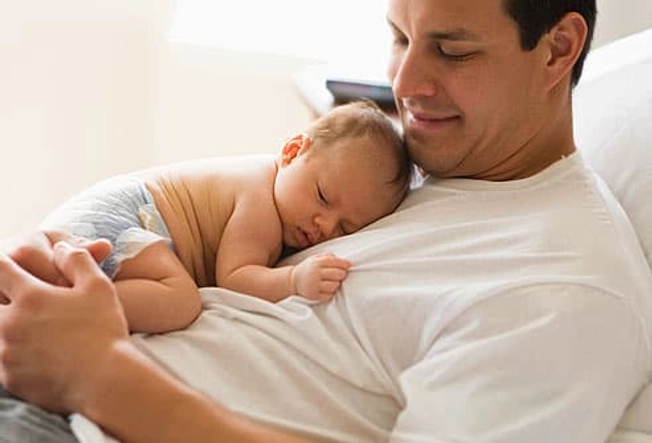
Laundry Tips
Avoiding skin rashes will keep your baby smiling and happy. Use a gentle detergent to wash everything that touches your infant's skin, from bedding and blankets to towels and even your own clothes. You'll cut down on the likelihood of itches or irritation.

Yellow Skin Can Mean Jaundice
Jaundice is a yellow coloration of a baby's skin and eyes. It usually shows up 2 or 3 days after birth and is more common in premature babies. It's caused by too much bilirubin (a breakdown product of red blood cells). The condition usually disappears by the time a baby is 1-2 weeks old. Treatment may include more frequent feedings or, for more severe cases, light therapy (phototherapy). If your baby looks yellow, talk to your doctor.
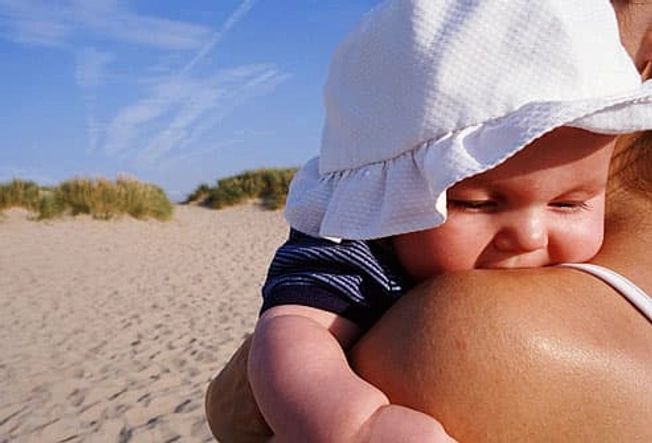
Look Out for Infant Sunburn
The sun may feel great, but it could be exposing your baby's skin to the risk of damaging sunburn. You can use baby sunscreen on infants at any age. Hats and umbrellas are also good ideas. But for the best protection from sunburn, keep your infant out of direct sunlight during the first 6 months of life. For mild infant sunburn, apply a cool cloth to your baby's skin for 10-15 minutes a few times daily. For more severe sunburn, call your child's pediatrician.
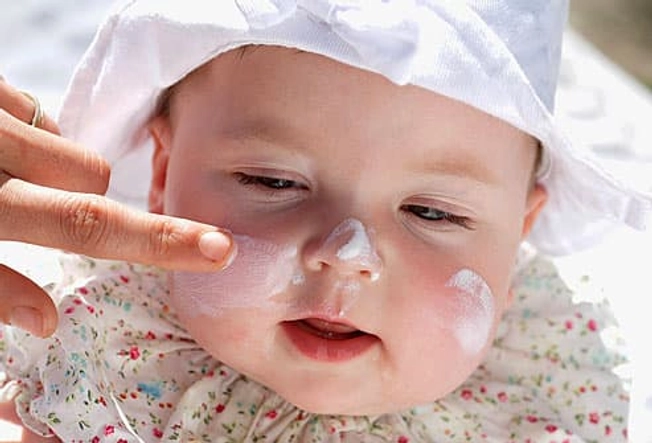
Baby Sunscreen and More
Apply sunscreen to the areas of your baby's skin that can't be covered by clothes. You can also use zinc oxide on your baby's nose, ears, and lips. Cover the rest of your baby's skin in clothes and a wide-brimmed hat. Sunglasses protect children's eyes from harmful rays.

Baby Skin Care Products
Shopping for baby skin care products? Less is more. Look for items without dyes, fragrance, phthalates, and parabens -- all of which could cause skin irritation. When in doubt, talk to your pediatrician to see if a product is appropriate.
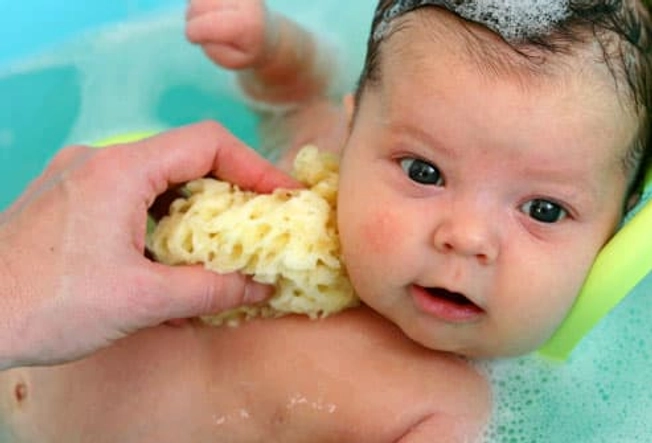
Avoiding Skin Problems at Bath Time
Remember, newborn skin is soft and sensitive. Keep your baby's skin hydrated by bathing them in warm water for only 3 to 5 minutes. Avoid letting your baby sit or play or soak for long in soapy water. Apply a baby lotion or moisturizer immediately after the bath while their skin is still wet, and then pat dry instead of rubbing. If you are bathing your newborn, use a sponge bath if the cord has not yet fallen off.

Baby Massage
If rashes or other skin conditions are making your baby irritable, try baby massage. Gently stroking and massaging your baby's skin can not only help boost relaxation, but it may also lead to better sleep and ease or stop crying.

When to Call the Pediatrician
Most baby skin rashes and problems aren't serious, but a few may be signs of infection -- and need close attention. If your baby's skin has small, red-purplish dots, if there are yellow fluid-filled bumps, or if your baby has a fever or seems drowsy and sluggish, see your pediatrician right away.
